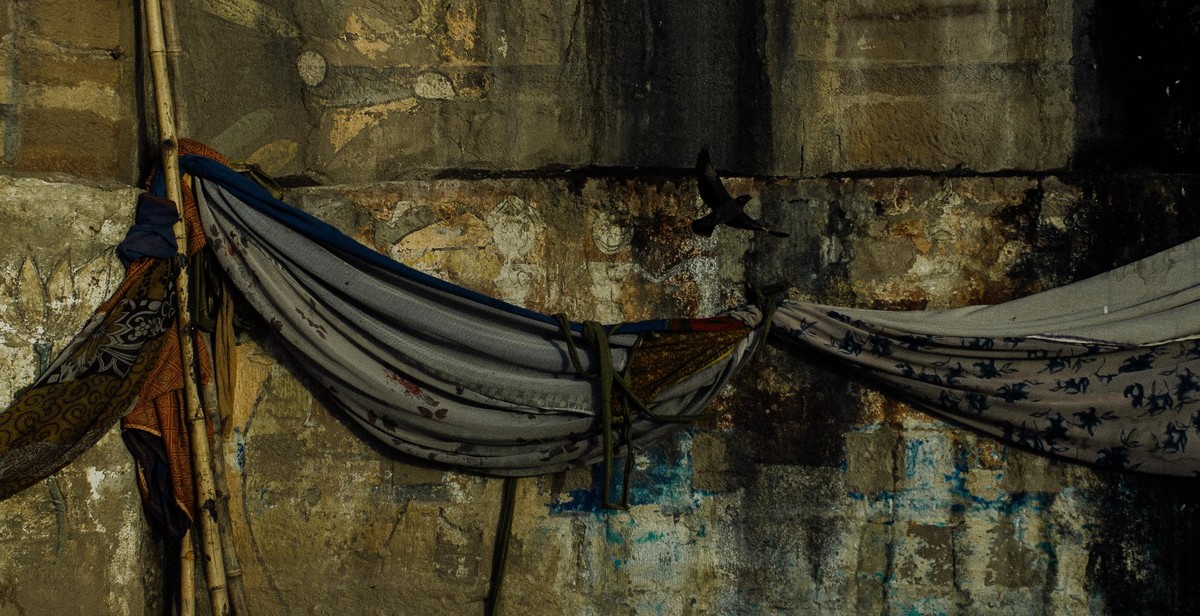How to Choose the Right Hammock Tarp: Factors to Consider for Weather Protection
As an avid hiker and camper, I know the importance of having the right gear for any outdoor adventure. One essential item for any hammock camper is a hammock tarp. Not only does it provide shelter from the elements, but it also gives you privacy and protection from bugs.
However, choosing the right hammock tarp can be overwhelming. With so many options available, it can be hard to know where to start. That’s why I’ve put together this guide to help you choose the right hammock tarp for your needs.
My Personal Experience with Hammock Tarps
I’ve been using hammock tarps for years and have tried many different types and brands. Through trial and error, I’ve learned what factors are essential to consider when choosing a hammock tarp for weather protection.
One of my most memorable experiences with a hammock tarp was during a backpacking trip in the Pacific Northwest. It rained non-stop for three days, but my hammock tarp kept me dry and protected from the wind. It was a game-changer, and I knew then that investing in a high-quality hammock tarp was worth it.
Keep reading to find out what factors to consider when choosing a hammock tarp for weather protection.

Why You Need a Hammock Tarp
As an experienced hammock user, I can attest to the importance of having a hammock tarp. Not only does it protect you from the elements, but it also extends the life of your hammock.
Protection from the Elements
When you’re out camping or even just lounging in your backyard, the weather can be unpredictable. A hammock tarp provides shelter from rain, wind, and sun, keeping you dry and comfortable no matter what Mother Nature throws your way.
Without a tarp, you run the risk of getting wet, cold, and even sunburned. This can not only ruin your outdoor experience, but it can also be dangerous in extreme weather conditions.
A hammock tarp is especially important if you’re planning on camping overnight. It not only protects you from the elements, but it also provides a barrier between you and any creepy crawlers that might be lurking around.
Extend Your Hammock’s Life
A hammock is an investment, and you want to make sure it lasts as long as possible. A hammock tarp can help with that.
Without a tarp, your hammock is exposed to the elements, which can cause it to deteriorate over time. The sun can fade the fabric, and rain can cause mold and mildew to grow. This can weaken the fabric and shorten the lifespan of your hammock.
By using a tarp, you can protect your hammock from these elements and extend its life. It’s a small investment that can save you money in the long run by avoiding having to replace your hammock prematurely.
Final Thoughts
Overall, a hammock tarp is an essential piece of gear for any hammock user. It provides protection from the elements and extends the life of your hammock. When choosing a tarp, make sure to consider the factors discussed in this article to ensure you get the right one for your needs.

Factors to Consider When Choosing a Hammock Tarp
When it comes to choosing the right hammock tarp, there are several factors to consider. These factors include the size, material, shape, and weight of the tarp. Here’s a closer look at each of these factors:
Size
The size of the hammock tarp is an important consideration. You want to make sure that the tarp is large enough to cover your entire hammock and provide adequate protection from the weather. A larger tarp will provide more coverage, but it will also be heavier and more difficult to set up. A smaller tarp may be easier to set up, but it may not provide enough coverage.
When choosing the size of your hammock tarp, consider the size of your hammock and the weather conditions you will be camping in. If you have a larger hammock or if you will be camping in an area with heavy rain or wind, you may want to choose a larger tarp.
Material
The material that the hammock tarp is made of is also an important consideration. The most common materials for hammock tarps are nylon and polyester. Nylon is lightweight and durable, but it may not provide as much protection from the sun as polyester. Polyester is heavier than nylon but provides better protection from the sun and is more durable.
When choosing the material for your hammock tarp, consider the weather conditions you will be camping in and how much weight you are willing to carry. If you will be camping in an area with a lot of sun exposure, you may want to choose a polyester tarp. If you are looking for a lightweight tarp, nylon may be the better choice.
Shape
The shape of the hammock tarp is another important consideration. Hammock tarps come in several different shapes, including rectangular, diamond, and hexagonal. The shape of the tarp will affect how much coverage it provides and how easy it is to set up.
When choosing the shape of your hammock tarp, consider the size of your hammock and the weather conditions you will be camping in. A rectangular tarp may provide more coverage, but it may be more difficult to set up than a diamond or hexagonal tarp. A diamond or hexagonal tarp may be easier to set up, but it may not provide as much coverage.
Weight
The weight of the hammock tarp is also an important consideration. You want to choose a tarp that is lightweight enough to carry with you on your camping trip but also provides adequate protection from the weather.
When choosing the weight of your hammock tarp, consider how much weight you are willing to carry and the weather conditions you will be camping in. If you will be camping in an area with heavy rain or wind, you may want to choose a heavier tarp for better protection.
| Factor | Considerations |
|---|---|
| Size | Consider the size of your hammock and the weather conditions you will be camping in. |
| Material | Consider the weather conditions you will be camping in and how much weight you are willing to carry. |
| Shape | Consider the size of your hammock and the weather conditions you will be camping in. |
| Weight | Consider how much weight you are willing to carry and the weather conditions you will be camping in. |
Different Types of Hammock Tarps
When it comes to choosing a hammock tarp, there are several different types to consider. Here are the three most common types:
Diamond Hammock Tarps
Diamond hammock tarps are the most basic type of tarp and are often the most affordable. They are shaped like a diamond and are designed to be hung diagonally over the hammock. Diamond tarps are lightweight and easy to set up, but they may not provide as much coverage as other types of tarps.
Hexagonal Hammock Tarps
Hexagonal hammock tarps are also known as “cat-cut” tarps because of their curved edges. These tarps provide more coverage than diamond tarps and are better suited for inclement weather. They are also more versatile than diamond tarps and can be set up in a variety of configurations.
Rectangular Hammock Tarps
Rectangular hammock tarps are the largest and most versatile type of tarp. They provide the most coverage and can be set up in a variety of configurations. Rectangular tarps are ideal for camping in areas with unpredictable weather because they provide ample protection from rain and wind.
| Type | Shape | Coverage | Setup | Price |
|---|---|---|---|---|
| Diamond | Diamond | Basic | Easy | Affordable |
| Hexagonal | Hexagonal | Better | Versatile | Moderate |
| Rectangular | Rectangular | Most | Versatile | Expensive |
Ultimately, the type of hammock tarp you choose will depend on your specific needs and preferences. Consider the weather conditions you will be camping in, the level of coverage you need, and your budget when making your decision.

Conclusion
Choosing the right hammock tarp is crucial for ensuring proper weather protection during your outdoor adventures. It is important to consider factors such as size, shape, material, and attachment options before making a purchase.
When it comes to size, make sure to measure your hammock and choose a tarp that is large enough to provide adequate coverage. The shape of the tarp should also be considered, as different shapes can provide different levels of protection.
Material is another important factor to consider, as it can affect the weight, durability, and waterproofing of the tarp. Look for materials such as silnylon or polyester that are lightweight and have a high waterproof rating.
Finally, consider the attachment options of the tarp. Some tarps come with multiple attachment points, which can provide greater versatility and customization when setting up your shelter.
- Measure your hammock and choose a tarp that is large enough
- Consider the shape of the tarp for different levels of protection
- Look for lightweight and waterproof materials
- Choose a tarp with multiple attachment points for greater versatility
By considering these factors and choosing the right hammock tarp, you can enjoy your outdoor adventures with the peace of mind that comes with proper weather protection.
